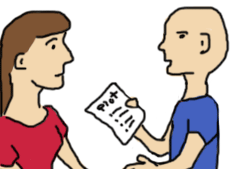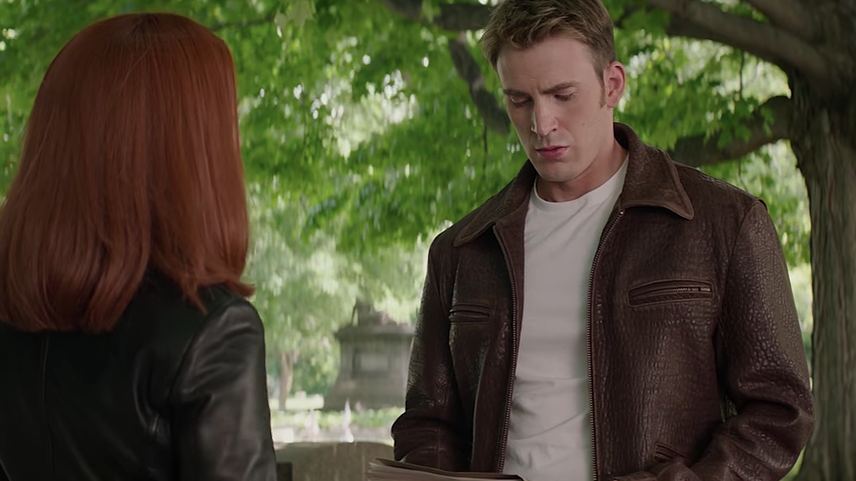So once upon a time I thought I’d write about story shapes – the idea that stories can be thought of in these vague archetypical forms, and that will help with writing them. I jumped right in with “The Caper” and then I made this draft post titled “The Hero story” and that sorta killed me.
What is a hero story? Hero stories have a hero, who is launched on an adventure by an inciting incident, who defeats enemies and ends by saving the day (or dying terribly, or both).
It’s a simple formula that covers everything from Lord of the Rings to Mean Girls. It’s often what we have in mind when we say “adventure story” or “action” but the shape works with stories with no violence in them at all.
So – a story shape is a promise. The promise of a hero story is that there will be conflict and it will be resolved, but not easily, by a central character.
I honestly find this type of story unbearably tedious, and yet I, like many others, keep returning to it as a sort of default. “I want to write a story about tardigrades! Okay! Who is the hero and what are her obstacles?”
It’s a story shape that brings out all my own worst insecurities. “I can’t solve my own problems! How can I solve someone else’s in an interesting way?”
It is way easier to come up with problems than solutions. I feel like I spend 80% of my waking time coming up with problems. “What if that bus doesn’t see the stop signal and hits me? What if I trip on that loose brick? What if a satellite crashes into the crosswalk right this second?” HA HA It is fun in my brain.
(What if my blog posts make everyone hate me?)
I digress. Solutions in real life are boring. If I got hit by the bus, well, I’d lie there. One of the other pedestrians would help me. I’d end up at UH emergency room because it’s oh thirty feet away.
The familiar problem-solving we do in real life(TM) won’t help a hero story. Real life is about recovering your status quo, slowly and carefully. Hero stories… aren’t. We demand that the problems and their solutions be interesting, clever.
You know who I never have trouble writing clever plans for? Villains. HUH. Why is that? I can’t come up with a cool way to escape Dr. No’s Lair but I can TOTALLY imagine how I’d lure Mr. Bond in and tie him up and shave his chest hair.
Villains are active – heroes are (often) reactive. It’s more fun to be active. Maybe that’s why I love writing heists and capers.
SO how do you write a good hero story? Well, one way I’ve found is to make the hero a villain. That’s the case in “Trash” where obviously-evil spy Nanlee begrudgingly saves a lunar colony because it’s her job. She’s still reacting, not pro-acting, but there’s something loveably antagonistic about how she goes about it. I used a straight formula for her plans. Attempt, fail, things get worse, attempt fail, it’s even worse, attempt, succeed. The failures make it justifiably ‘hard’ to the reader.
 (This plot formula was literally given to me in a workshop.)
(This plot formula was literally given to me in a workshop.)
So, what I do, is, after I (easily) come up with a problem, sit down and write at least three ways to solve it.
Problem: Murderous RTA Driver is Out to Get Me
Solution A: I avoid my usual crosswalk, going out of my way to foil driver’s plans.
Solution B: I cross as usual, but when I see the bus coming, I dash backward! FOOLED YOU!
Solution C: I carry an adamantium shield and use it to crush the bus.
(It would help if the existence of adamantium is established before the third step.)
Then I decide which one I want to succeed, and come up with ways for the other two to fail / make things harder.
Solution A: The driver has thought of that! He must have GPS on me! He changes his route too! Now all the people who take the #6 are pissed at me.
Solution B: The bus follows me onto the curb, crushing helpless innocent undergraduates!
Solution C: I didn’t want to do this, but by gum, this bus driver must be stopped! BAM.
hee. okay that was weirdly fun.
The thing is not to get so worked up with the bare mechanics of the story. What will make a hero story good is, frankly, a good hero. We’ve read thousands of stories about heroes overcoming obstacles by the time we’re fourteen! The novelty of problems and resolutions can only do so much. My most straight-up hero stories are “Trash,” again with a genuinely evil protagonist, “We All Scream” which is narrated by a heroic but sarcastic ice-cream truck driver, and “The First Trebuchet on Mars” ditto the sarcastic everyman. (Hrm. Maybe I repeat myself.) Voice and humor make the audience like the person who is taking on these obstacles, more so than what the obstacles are or who they are saving.
Far too often, we get caught up as writers with WHAT when WHO is the more interesting question.


